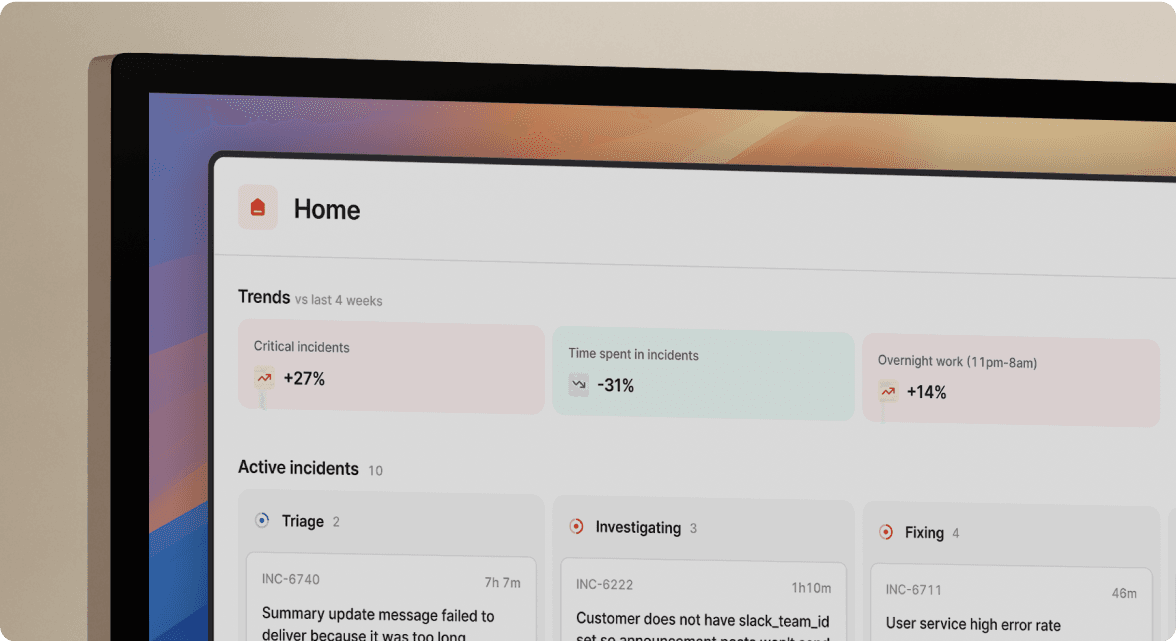Achieving pixel-perfect polish for Status Pages

Earlier this year, we launched our Status Pages product. In this episode, we chat with one of the product engineers on that project, Dimitra, about how that launch went. We discuss:
- What it was like working on such a big project
- What the team learned
- What it was like collaborating cross-functionally
...and more
You may also be interested in

2025 founders year in review: insights, highlights, and future plans
Three founders, one kitchen table, and a very honest end of year conversation. In this episode we look back on 2025, from moving continents and growing the company at pace, to ski trips that probably should not have happened, live demos that absolutely could have gone wrong, and the small moments that made the year memorable.

How we're shipping faster with Claude Code and Git Worktrees
In this episode, CTO Pete and Product Engineer Rory B. discuss how we’re using Claude Code and Git Worktrees to allow engineers to build multiple features in parallel.

Shipping faster with AI with Leo P.
In this episode, we chat with Product Engineer Leo about how we’re using AI tools like Claude Code to ship more product, more quickly.
So good, you’ll break things on purpose
Ready for modern incident management? Book a call with one of our experts today.

We’d love to talk to you about
- All-in-one incident management
- Our unmatched speed of deployment
- Why we’re loved by users and easily adopted
- How we work for the whole organization



